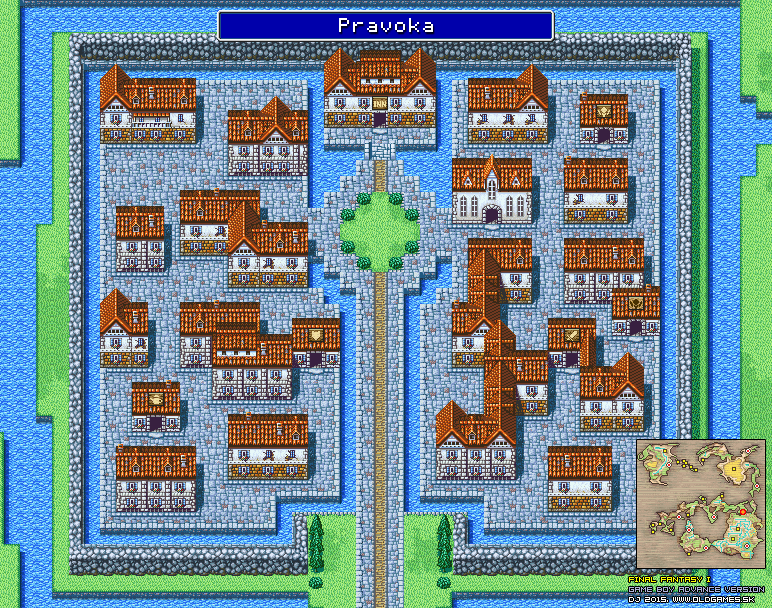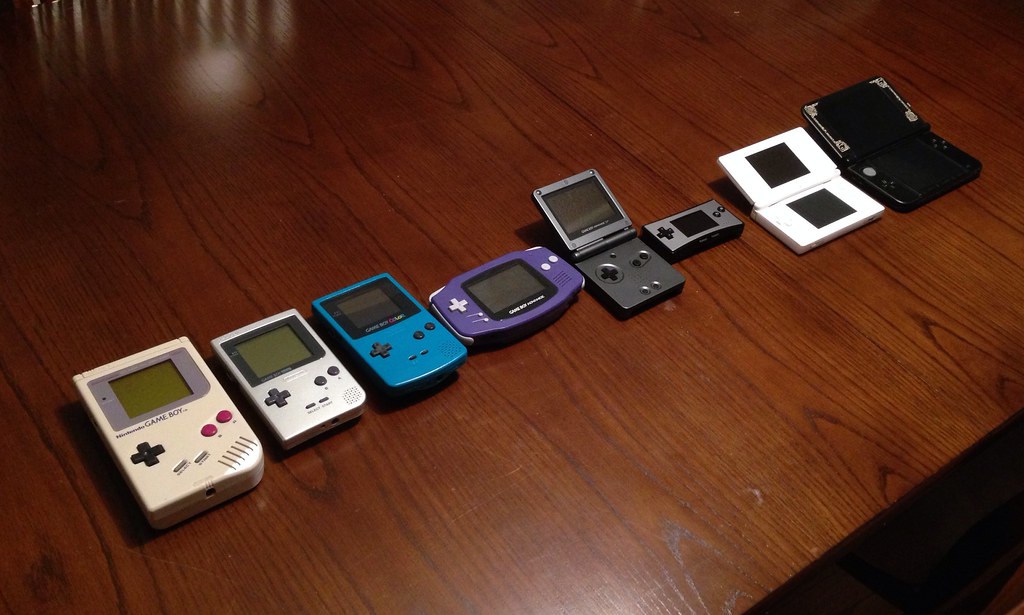


#GAMEBOY MAP DESIGNER HOW TO#
If you are not familiar with GBDK 2020, refer to the GBDK 2020 Documentation or my own “ How to make a Gameboy Game” tutorial series. This tutorial is going to be using C Programming and the GBDK 2020 library. Adding some counters to assist with animation.Creating and Running a Gameboy ROM file.Cloning/Downloading the Starter Repository.Just get it working, and learn about the system as you go. It's very difficult to do all of this accurately, but don't focus on that right away.
#GAMEBOY MAP DESIGNER FULL#
Wouldn't the z80 CPU in a gameboy, or the 6502 CPU in an NES, also have opcodes just like the CHIP8 interpreter did? Surely you wrote a function for each CHIP8 opcode, so why not write a function for each z80 opcode, figure out how to read the gameboy's cartridge header, and see if your new CPU can run some instructions from Tetris? Once you get the code writing to VRAM, can you draw the tiles? What about the background? Build the emulator up piece by piece, and suddenly your game library is just chok full of little puzzle boxes, waiting to be tackled one by one. Once you have CHIP8 working somewhat, think about how you had to structure your code to make that work. It's the kind of project that with enough motivation you could complete in a week or so, which is why it's usually recommended for a first emulator project. Just run a couple dozen instructions per "frame" in your game loop, then draw the screen somewhere, and you'll come close to playability for most of the sample games if your interpreter is bug free. Or you could just read the documentation directly here:ĬHIP8 was itself an interpreted bit of hardware, so it's reeeeally loose with things like timing requirements. Pan docs and the various wikis were instrumental in understanding how to leverage the hardware to do what we wanted.įor the CHIP-8 emulator in particular, this is a good starting point:
#GAMEBOY MAP DESIGNER SOFTWARE#
There are decent software libraries floating around, but since there's no real standard way to leverage the hardware once you get past the basics (even commercial games had wildly varying strategies from company to company) the best tool in the belt is probably your documentation. I'll admit that I did have a major advantage going in, having written a mostly functional gameboy emulator already, but emulating a system is very, very different from programming against its constraints. My partner did the graphics and I got a decent flow going from LibreSprite using RGBGFX for the conversions. We used the RGBDS assembler and its built in tools to make the thing, mostly because that runs on Linux and that's what we both wanted to develop on. (Be gentle, it was my first time trying to do anything serious directly in assembly and we had a 72-hour time limit.) We did a gameboy game for a Ludum dare a short while back, and while it's certainly not pretty z80, the tooling got the job done. There a few good homebrew tools and libraries available. Accuracy test ROMs, very useful to make sure your timings are ok and you emulate various quirks of the hardware: Īlso note that even if you focus on making an original (DMG) GameBoy emulator you should be able to add GameBoy Color support later without too much difficulty, it's a fairly straightforward evolution of the original hardware. Opcode map (note that the GB CPU is not a stock Z80, it has different timings, different registers, different flags and different opcodes, do not use stock Z80 docs as a reference lest you end up with broken CPU emulation): An intro to making a GB emulator in JS (it doesn't matter if you don't plan on using JS, it still explains the basic concepts pretty well).


If you're interested in making a GB emulator here are a few resources that helped me when I did just that a few years ago:


 0 kommentar(er)
0 kommentar(er)
